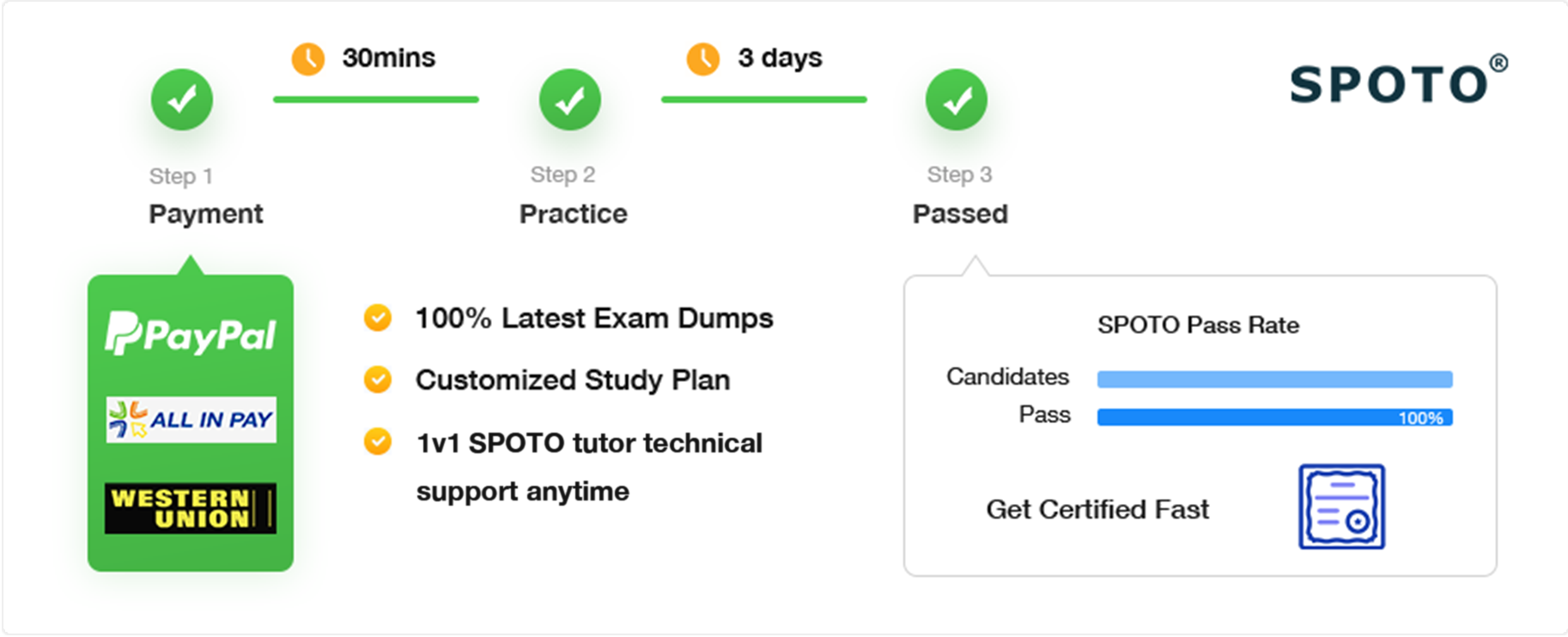1. Exam Overview: The JN0-636 exam tests advanced knowledge of Juniper Networks enterprise security solutions. Successful candidates have the skills to design, implement, operate and optimize the Juniper firewall and security management portfolio. This exam leads to Juniper Networks Certified Internet Professional Security (JNCIP-SEC) certification.
2. Exam Topics:
- Security Architecture and Design: Develop optimal solutions based on security zones/realms, address books, policy intent and location in topology. Choose appropriate firewalls, licensing and high availability options based on requirements. Design with virtualization, cloud and business needs in mind.
- Advanced Policy Configuration: Construct highly complex policy rulebases for security zones, NAT, IPsec VPN, NGFW, SSL Proxy, etc. Apply policy at multiple points with next-generation policy framework. Use advanced policy tools like nested groups, policy debugger, etc.
- Threat Detection and Mitigation: Tune IPS sensors and anomaly detection profiles for network environment. Leverage event correlation to reduce false positives. Investigate and mitigate threats identified through IPS, AppFW, Content FW and UserFW events and reporting. Stay up-to-date with an effective vulnerability management program.
- Management Automation and Orchestration: Develop scripts and applications using REST APIs to automate configuration, monitoring and reporting functions. Use tools like Ansible, Chef or Puppet to orchestrate changes to devices and Security Director. Integrate with ITSM or SIEM systems.
- Junos Space Security Director Administration: Install, configure and maintain Security Director platforms. Build custom reports, dashboards and reporting templates. Manage infrastructure and shared objects. Delegate permissions to user roles. Upgrade software and migrate configurations. Monitor system events and logs.
- Virtualized and Cloud Security: Adapt security architectures for private and public cloud. Choose between security zones, zones in zones or tenant segmentation. Implement auto-scaling of vSRX and management with Security Director in cloud environments. Consider trade-offs of different virtual firewall options.
3. Exam Format: 105 questions, 150 minutes. Multiple choice (single answer and multiple answers).
4. Exam Tips:
- Expertise with Juniper SRX Series, vSRX and Security Director required. Significant experience planning, designing and optimizing enterprise security solutions.
- Strong background in advanced policy configuration with security zones, NAT, VPN, NGFW, etc. Able to apply policy at multiple points and leverage advanced tools like nested groups for complex rulebases.
- Highly skilled in threat detection and mitigation through IPS, AppFW, Content FW and UserFW. Knows how to tune sensors, correlation rules and investigate/remediate threats. Stays on top of vulnerabilities.
- Proficient with REST APIs, Ansible, Puppet, Chef and other tools for automation and orchestration. Builds custom scripts, applications and integrations with ITSM/SIEM platforms.
- Focus on skills and knowledge to architect, implement and manage Juniper security infrastructure for private and public cloud. Consider trade-offs of vSRX, tenant segmentation, security zone and other options.
- JNCIP-SEC is the highest Juniper security certification. It signifies expert-level competence with designing, deploying and optimizing security solutions built on SRX Series, vSRX and Security Director. Experience, courses and hands-on practice are essential for preparation.
In summary, the JN0-636 exam evaluates advanced security architecture and engineering skills. JNCIP-SEC certification demonstrates expertise to design and implement optimal Juniper firewall and security management solutions for any environment. It leads to leadership roles as a network security architect, consultant or strategist. With dedication, it signifies the ability to leverage the full power of Juniper security platforms and help organizations face cyber threats with confidence.
3 pasos para obtener la certificación

Pase su próximo examen de certificación rápido
Chat Now


Retroalimentación del estudiante
0.0
Calificación del curso
Reseñas
Agregar una revisión